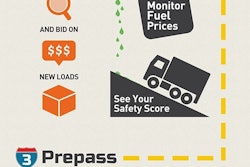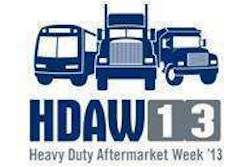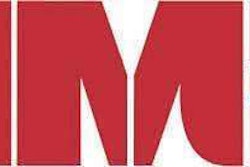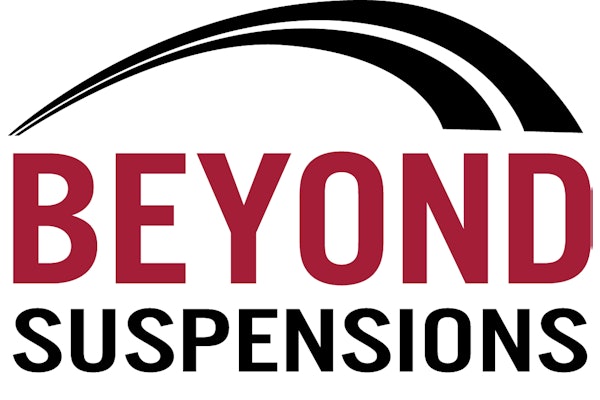So we got through a universally stinky first three months of 2013. Don’t wipe your brow and relax with the idea that now ‘everything will return to normal’. News flash! This is normal.
There are plenty of coming disruptions that can already be seen, like 2013 tax law revisions and the great unknown of Obamacare’s enormous disruptions. According to a survey from the National Association for the Self-Employed, businesses will experience a 1,250 percent increase in the amount of tax-related paperwork required. A jobless recovery doesn’t help.
Almost every major supplier missed sales/revenue and profit plans. Coupled with the prospect of a moribund construction market, uncertain funding for states and municipalities and an oversold stock market (look at first quarter’s multiple ‘misses’ in earnings by the bluest of blue chips), we may just be embarking on some real structural volume changes in the heavy-duty parts and service markets.
Have we succeeded in saving our way to a fortune?
Obviously, this is no time to ‘unbatten the hatches’. As an industry, heavy duty distribution has done a remarkable job of expense reduction, but cost cutting achievement invariably erodes with time.
Why?
My feeling is that reduction programs usually don’t address the real sources of costs. Some programs are simply too difficult to sustain once the wolf is no longer at the door. Most often managers lack deep enough insight into ‘net’ operations (at the customer and SKU level) to set useful and reasonable cost targets.
‘Best practices’ can actually cloud managers’ vision. Many find comfort in easily attainable benchmarks (what others have accomplished), rather than analyzing the true corrosion of their own specific net profitability.
Fire drill measures, such as across-the-board cuts that don’t differentiate between what adds value or destroys it, disintegrate morale.
A recent McKinsey study surfaced with several great suggestions that will work as well as your personal commitment and management consistency allow:
Don’t let traditional accounting get in the way of cost control – Many manage cost reduction efforts by scrutinizing P&L statements. This can be a useful starting point absent other data. But P&L categories, such as overall SG&A numbers, don’t give the kind of per-unit, fine grained insights that help focus cuts. Department managers often use data issues to divert attention from their lack of progress. Identifying, measuring and controlling the most important cost misalignments are way more important than who gets the credit.
Clearly articulate the link between cost management and strategy – Strategy must lead cost-control efforts, not vice versa. Meeting a random bottom-line target provides lousy motivation. Never set reduction targets so that each department does “its fair share”- kind of your own personal ‘sequester’. This starves high-performing units of the resources needed for valuable growth while generating only meager improvements in marginally performing areas.
Treat cost management as an ongoing exercise – Distributors tend to treat cost management as a one-off exercise driven by the need to manage short-term results. Such hasty programs rarely create sustainable improvements in cost structure. The reason is that one-off exercises don’t require internal capability building, an organizational bias that needs to become a core competency. A better approach is to use the initial cost reduction program as an opportunity to build sensitivity towards cost management rather than in mere cost reduction. Effective cost-management programs include plans to adjust for activity-level changes (up as well as down), competitive forces or supplier policies.
Focus on how to cut, not just how much – To keep your hard won cost cuts from eroding, change the way people think about costs. And planning alone is not enough. As Cassius Clay so eloquently observed, “Everyone has a plan, ‘til they get hit.” Cost reduction programs often lose effectiveness over time because top management kicks off the effort with broad cost reduction targets, but then leaves politically charged decisions on how to meet those targets to individual line managers. The trick is to assign accountability at the right level.
Most cost innovation happens at a very small and practical level. These informed cuts are more likely to endure because the people responsible for them can be held singularly accountable.
Bill Wade is a partner at Wade & Partners and a heavy-duty aftermarket veteran. He is the author of Aftermarket Innovations. He can be reached at [email protected].










